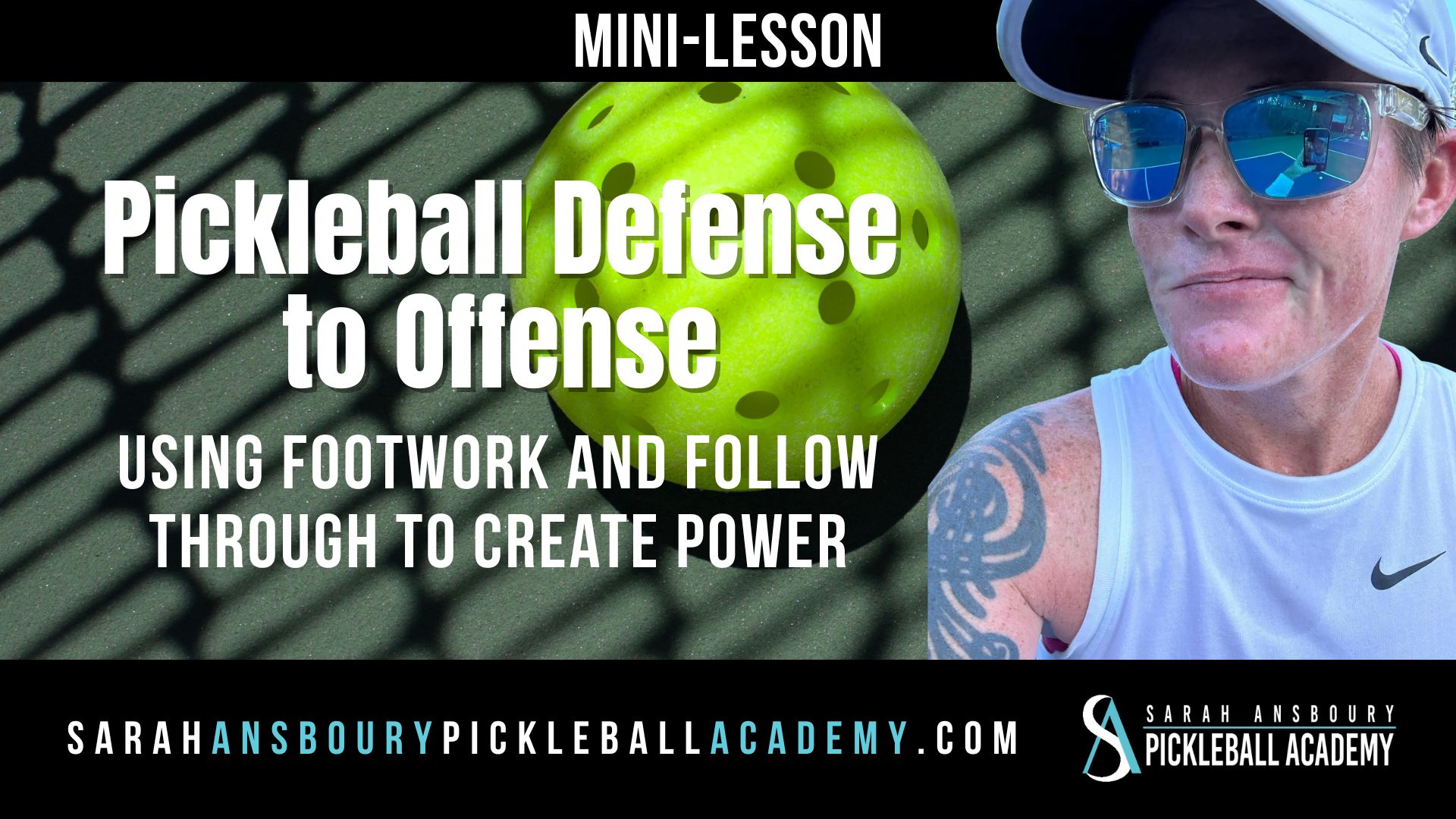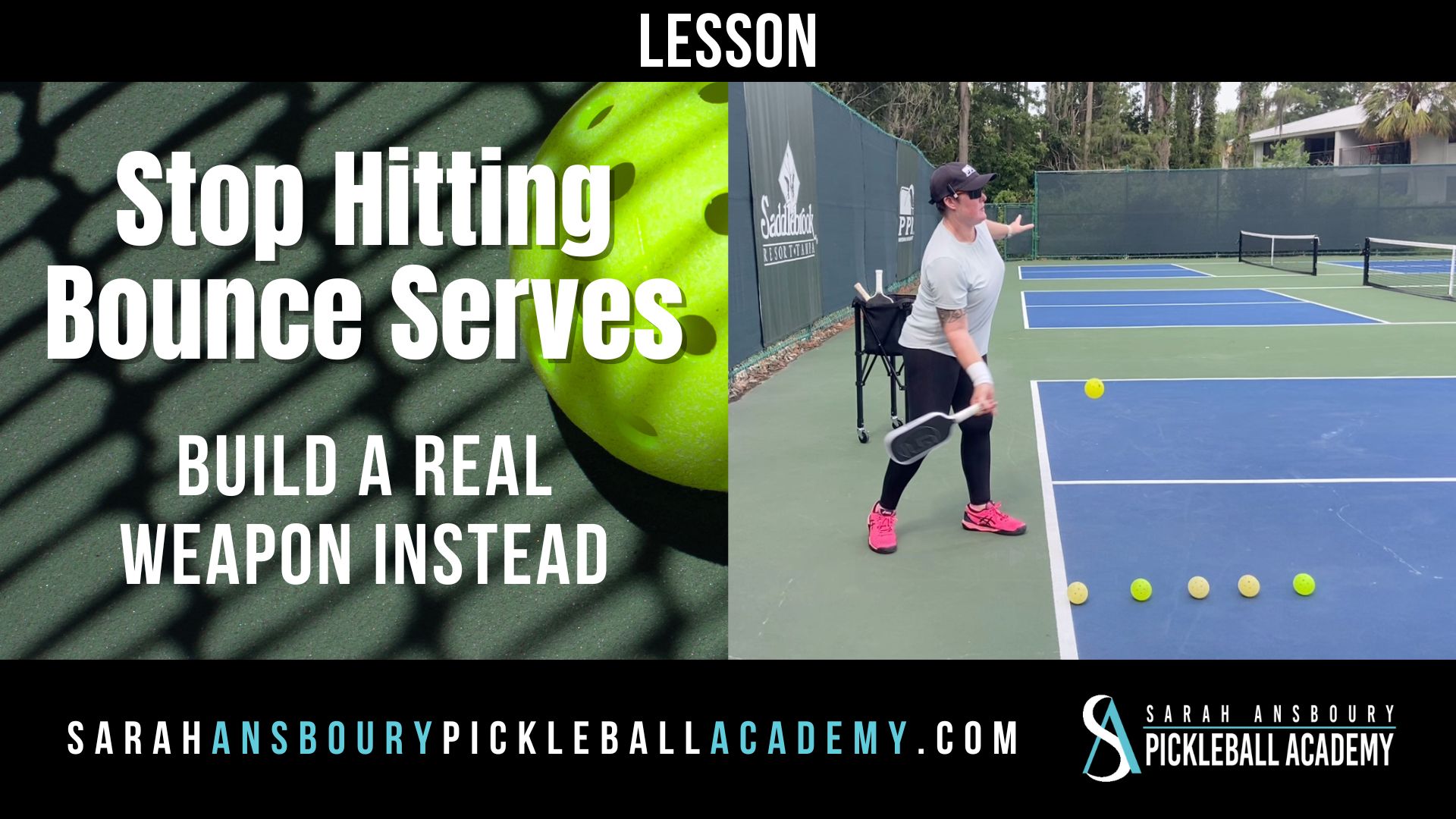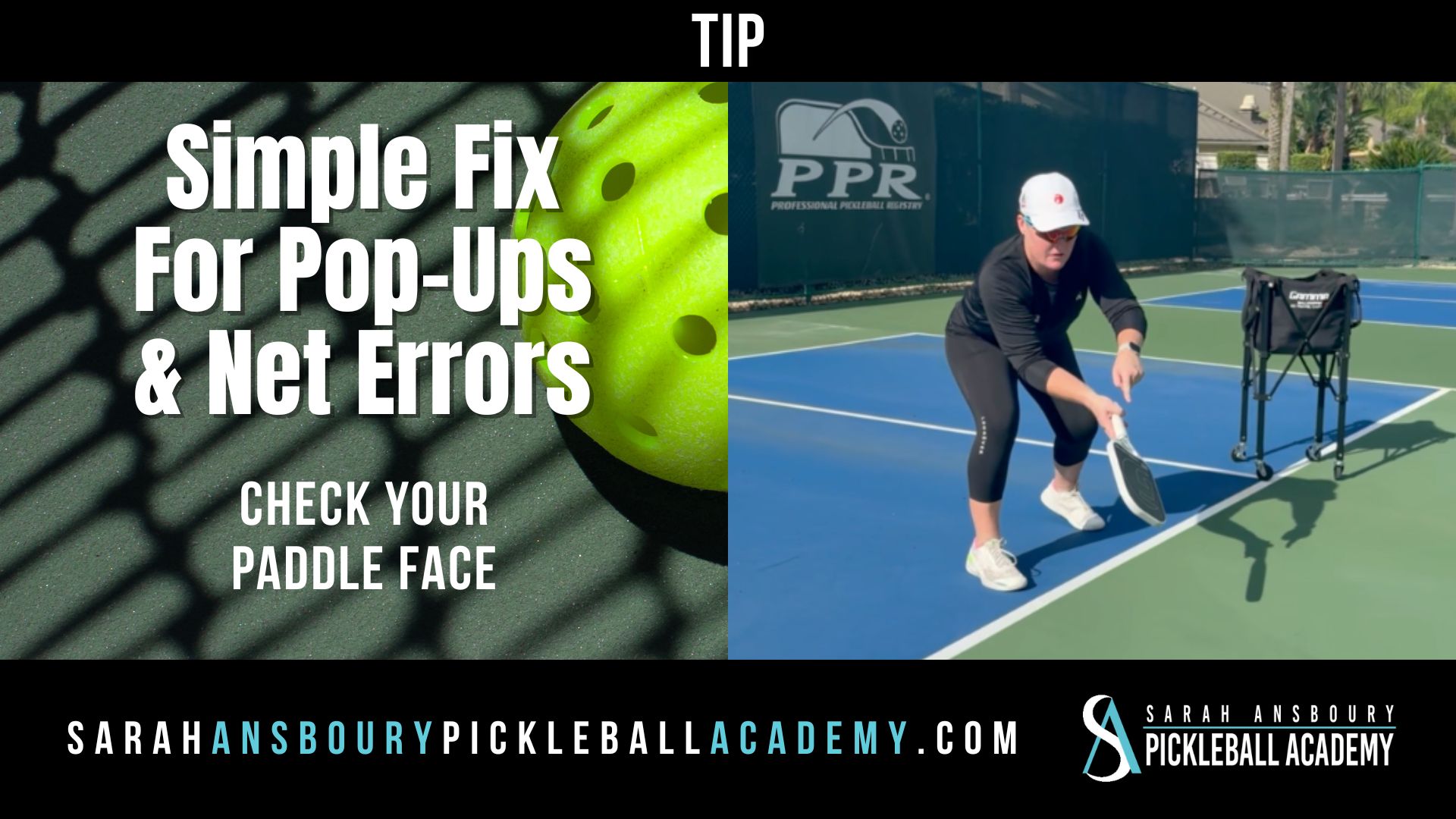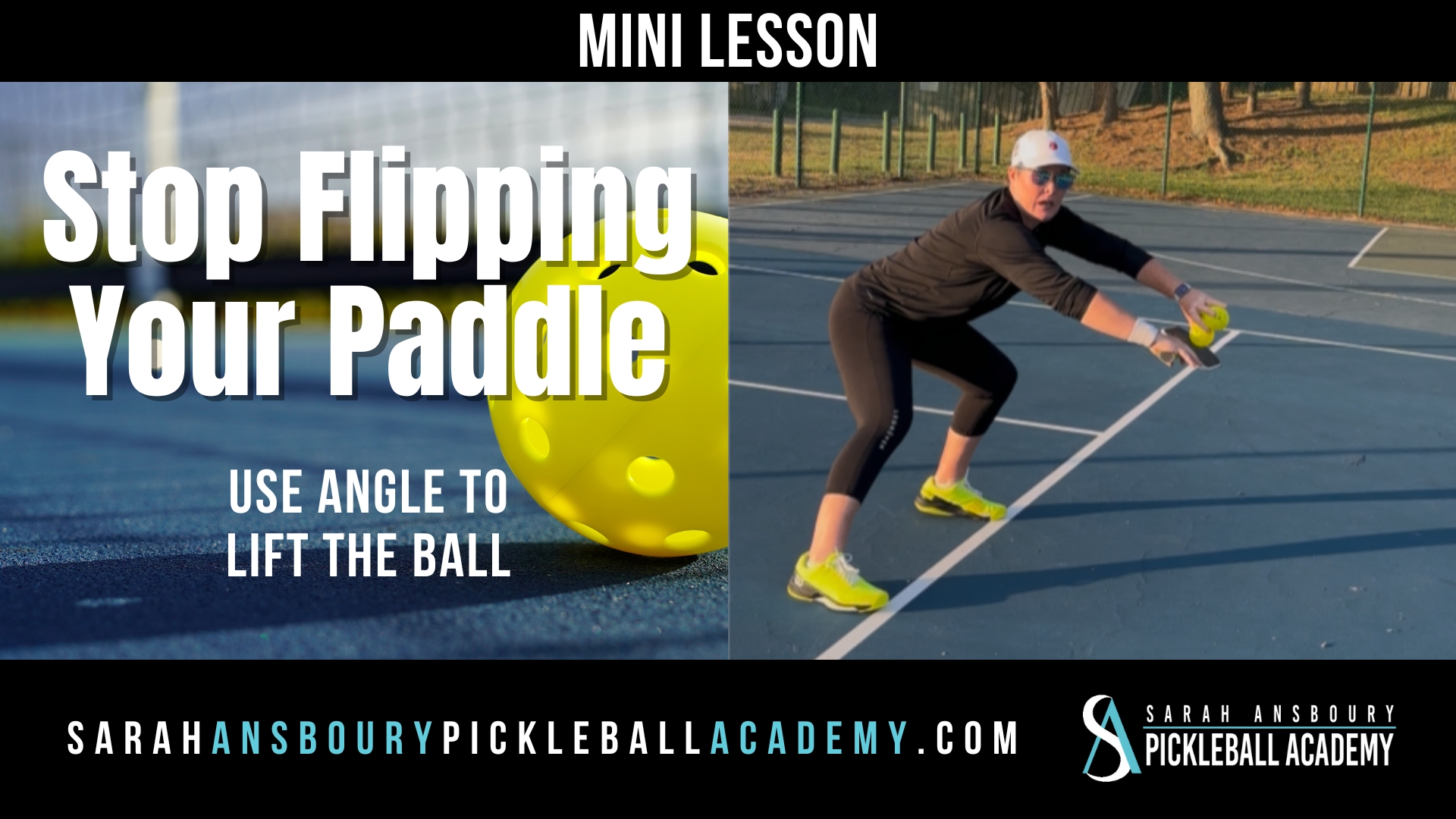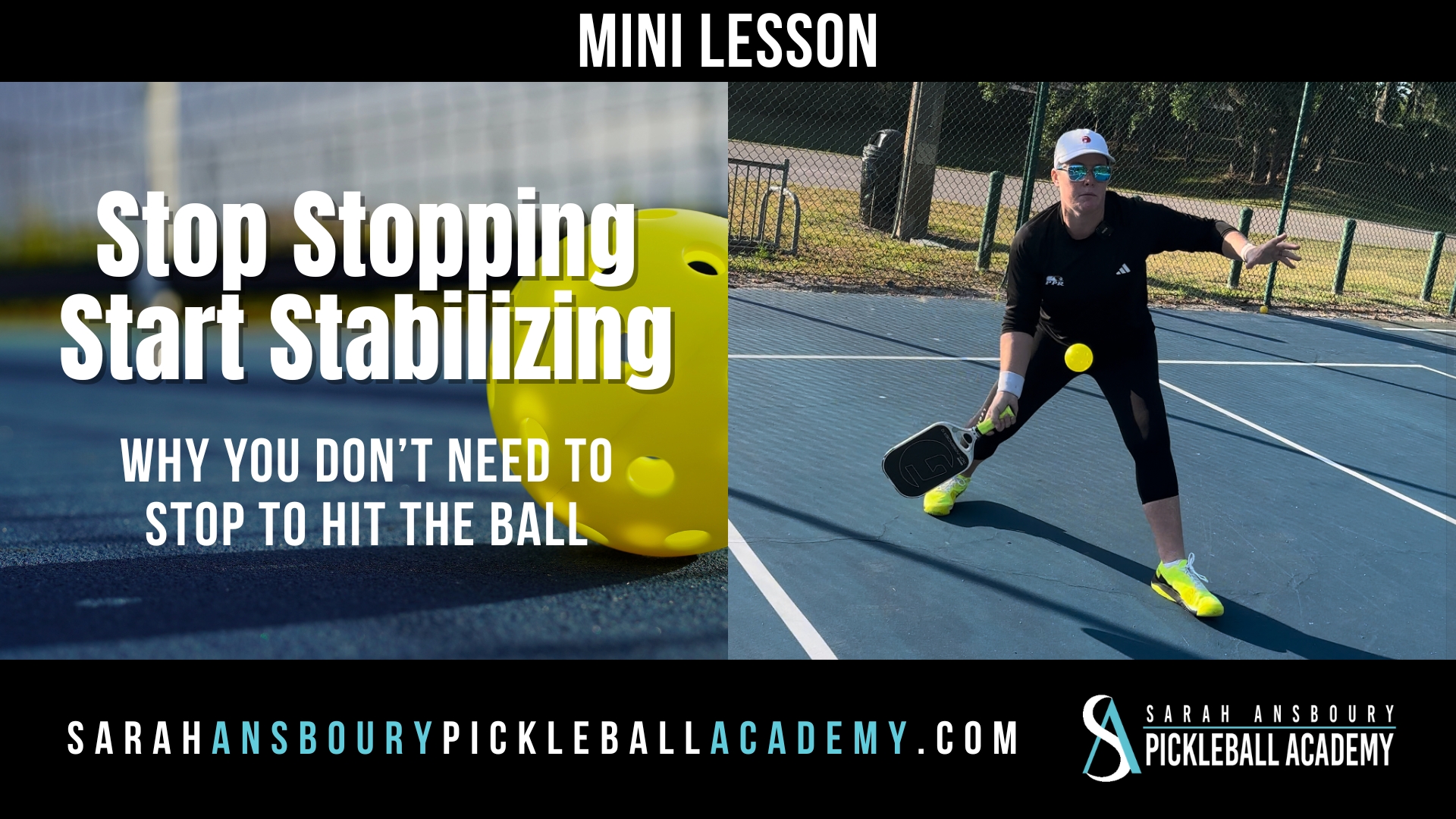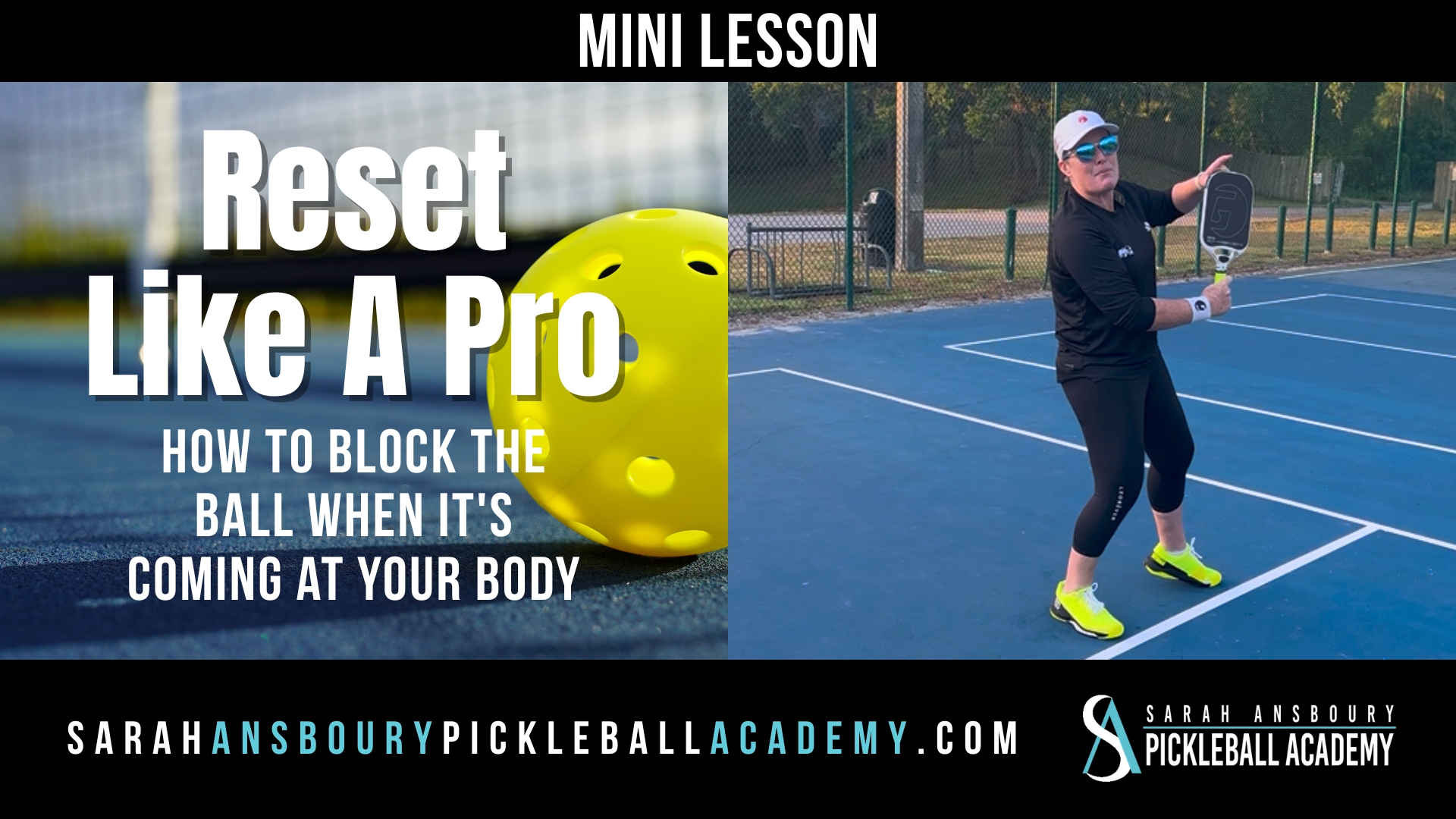While giving clinics over the last few weeks, I was often asked how to change the direction of the ball. Hitting an effective misdirection shot takes time and space.
Misdirection…changing the direction of the ball
Changing the direction of the ball requires you to maneuver your paddle. Though it may seem counter-intuitive, to gain the time you need to maneuver the paddle you need to slow down. Nine times out of ten I am asking my students to slow down. Being able to slow down on the court, and move more efficiently, will give you the time to maneuver your paddle or speed up and attack more comfortably.
Too often I see players trying to misdirect the ball by using too much wrist, by hitting the ball with their elbows jammed into the sides of their body, or by rotating their entire body. In an ideal world, I want to be able to hit the ball anywhere on the court from the same position. I want to be able to disguise the shot. My goal is to hit the ball anywhere without broadcasting what direction the ball will go.
time and space
What allows me to do this is time and space.
- Time: I need the time to make the choice to move the ball in a different direction.
- Space: I need my paddle in front of me and away from my body.
In order to change a ball from down the line to crosscourt, I simply need to change the angle of the paddle at contact. When my paddle is in front of me, I can see the direction my paddle is pointing at the end of my shot. Keep in mind, a pickleball is very light. and sensitive. A huge swing or body gyrations is not required to change the direction of the ball. A few degree change in the angle of the paddle face is all that is required.
Imagine you are standing and tossing a pickleball directly in front of you. Then simply imagine tossing it at a different angle from the same position. You would just redirect your tossing position from your shoulder and open your hand towards the target.
Practice misdirection
Too often we broadcast to our opponents what we intend to do and make it harder on ourselves. When you practice changing the direction on a ball start slowly. If I am practicing this shot, I will on one side of the court with two people on the other side. At a slow pace, I will change the direction each shot by only using my paddle. To be successful, my paddle must be in front of me with my elbows away from my body. To ensure a full range of motion, I need to be aware of my grip pressure. If I am holding the paddle to tightly, my forearm will show tension. Holding the paddle too tightly will limit my ability to maneuver the paddle. Instead. I want to hold the paddle lightly, creating just a bit of tension with my fingers to move the paddle face toward my target with ease.


